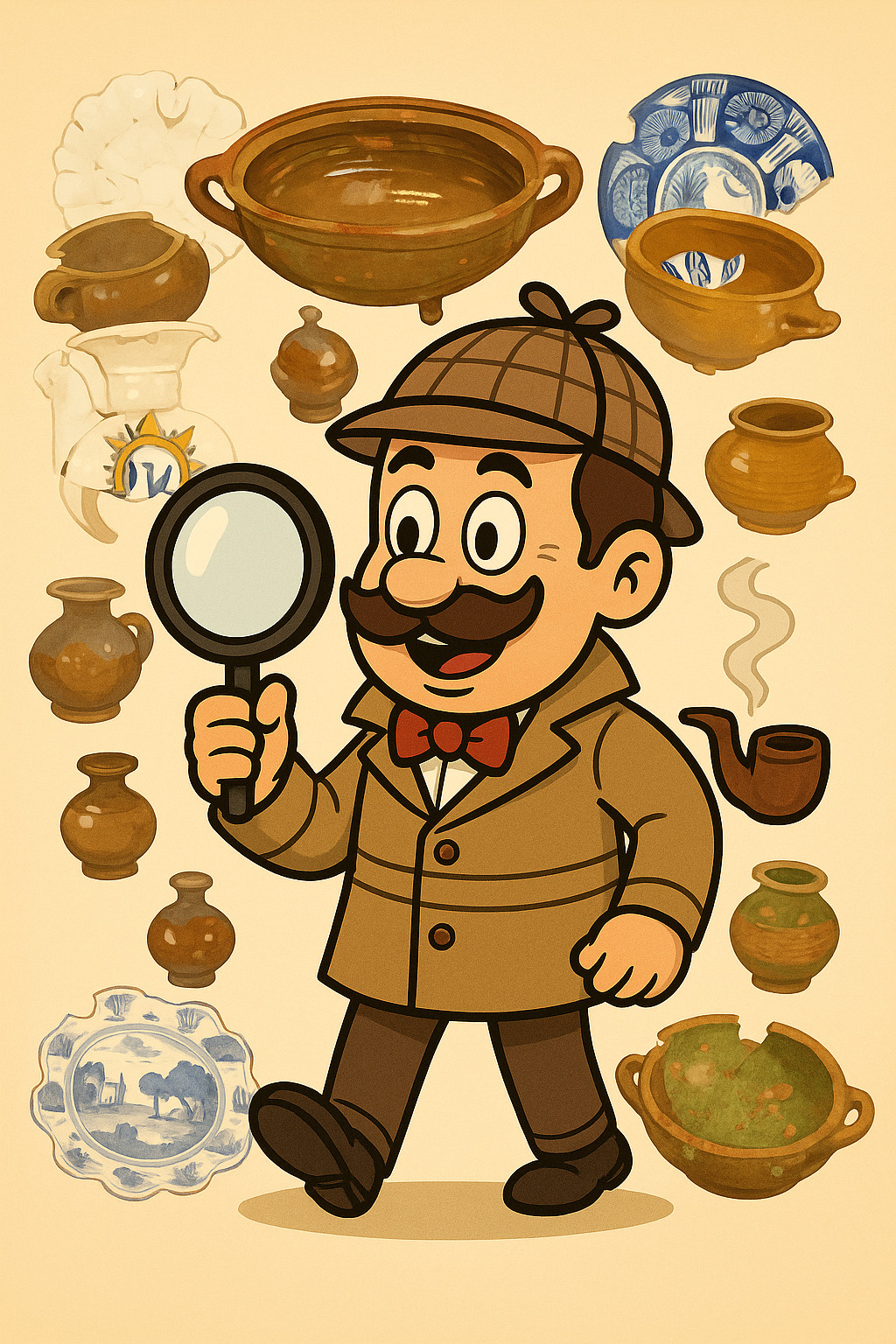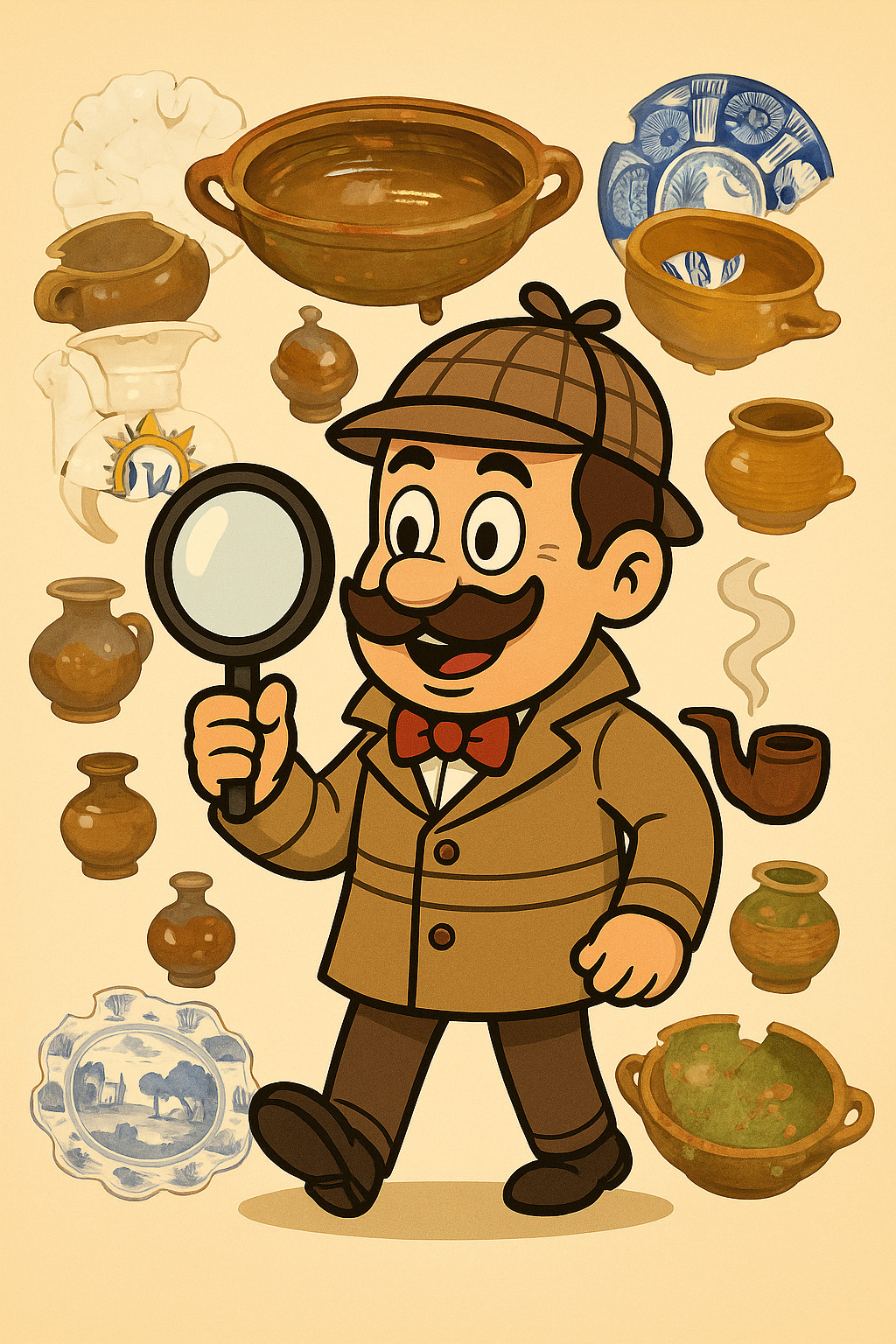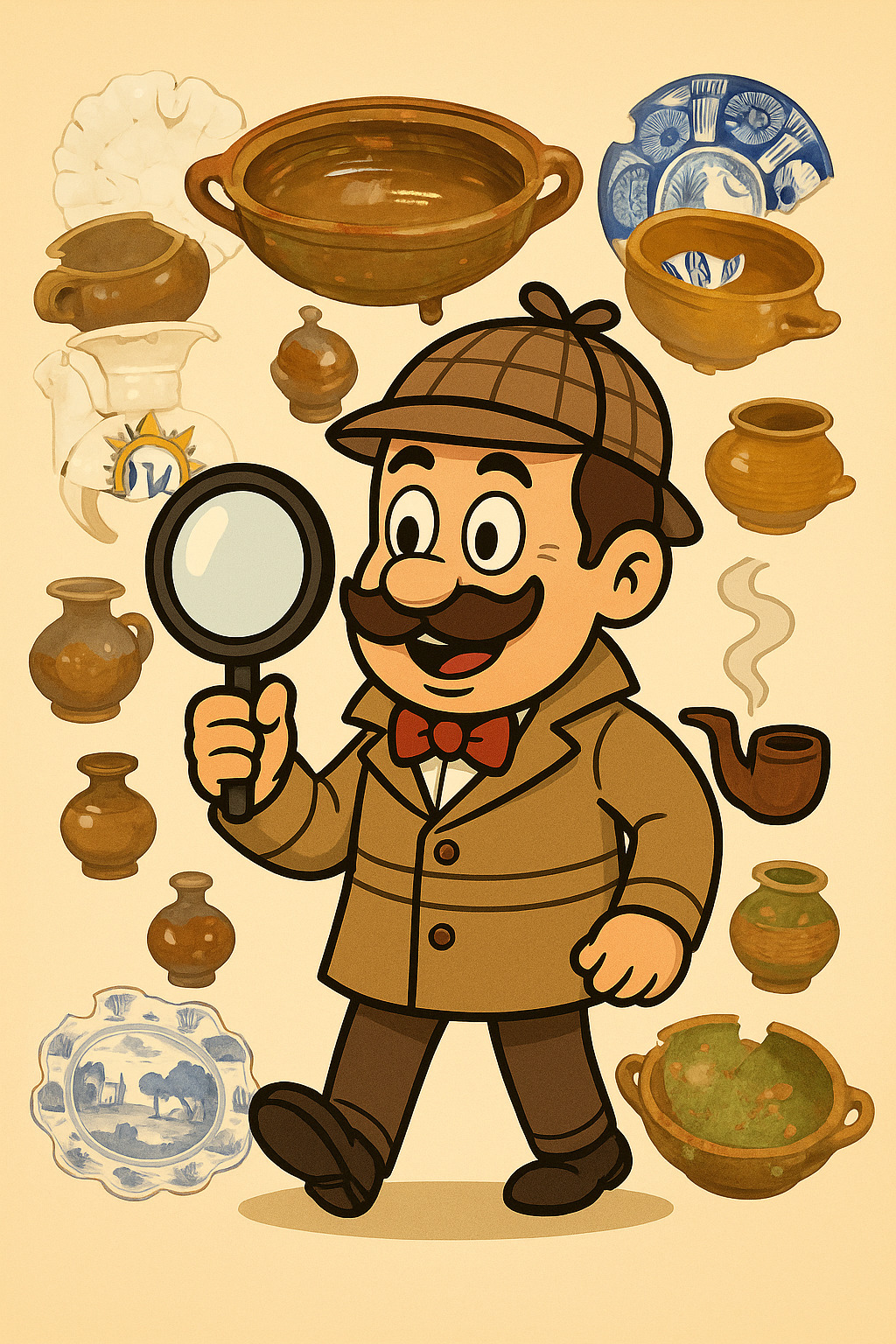Wederopbouw van het krekedal 1920-2020

Net voor WOI was de Westhoek, ondanks een verregaande ontbossing, nog steeds een oase van groen, met tal van bossen, boomgaarden, bomenrijen en hagen. De Grote Oorlog veegde niet alleen dorpen en steden van de kaart, maar transformeerde ook het rijke, groene buitenlandschap in een troosteloze steppe. De velden oogden rampzalig door de vele granaatputten, mijnkraters, het oorlogsschroot, de stapels onontplofte munitie, loopgraven, bunkers en smalspoorlijnen. De grond was bovendien gekloofd,gescheurd en overwoekerd door distels en ander onkruid. Bij de vereffening van 1 hectare land werden tot 5.000 kilo granaatscherven en ‘obuskoppen’ verzameld en dit nog zonder de onontplofte springtuigen, waarvan er op sommige plaatsen tot 5 per vierkante meter naar boven kwamen. Bovendien was dit slechts een klein deel van wat dan nog effectief in de grond stak.
De belangrijkste motor achter het landelijk herstel was niet de ministeriële Dienst van de Verwoeste Gewesten of het Ministerie van Landbouw, maar wel de Belgische Boerenbond. In augustus 1919 richtte zij een Dienst voor het Herstel van
West-Vlaanderen op met zetel in Roeselare. Het is door deze dienstverlening met betrekking tot de wederopbouw dat de
Boerenbond zich stevig heeft ingeplant in de Westhoek. Ook tal van andere instanties en privé-personen stonden in voor
het effenen en heropbouwen van het platteland.
FOTO’S
Eric Kellens, Westhoek verbeeldt, Postkaarten Verzameling I. Lowis
MET DANK AAN
Jos Demarée, Eddy Vansteenkiste, Families Vandenberghe, Pattyn, Nolf, Costenoble en Deboutte, Tentoonstelling Wederopbouw IFF-Ieper
📏 19 km
🕑 2 uur
⭐ Gemakkelijk
📍 CC De Beuk Kortemark
🏁 Markt Kortemark



